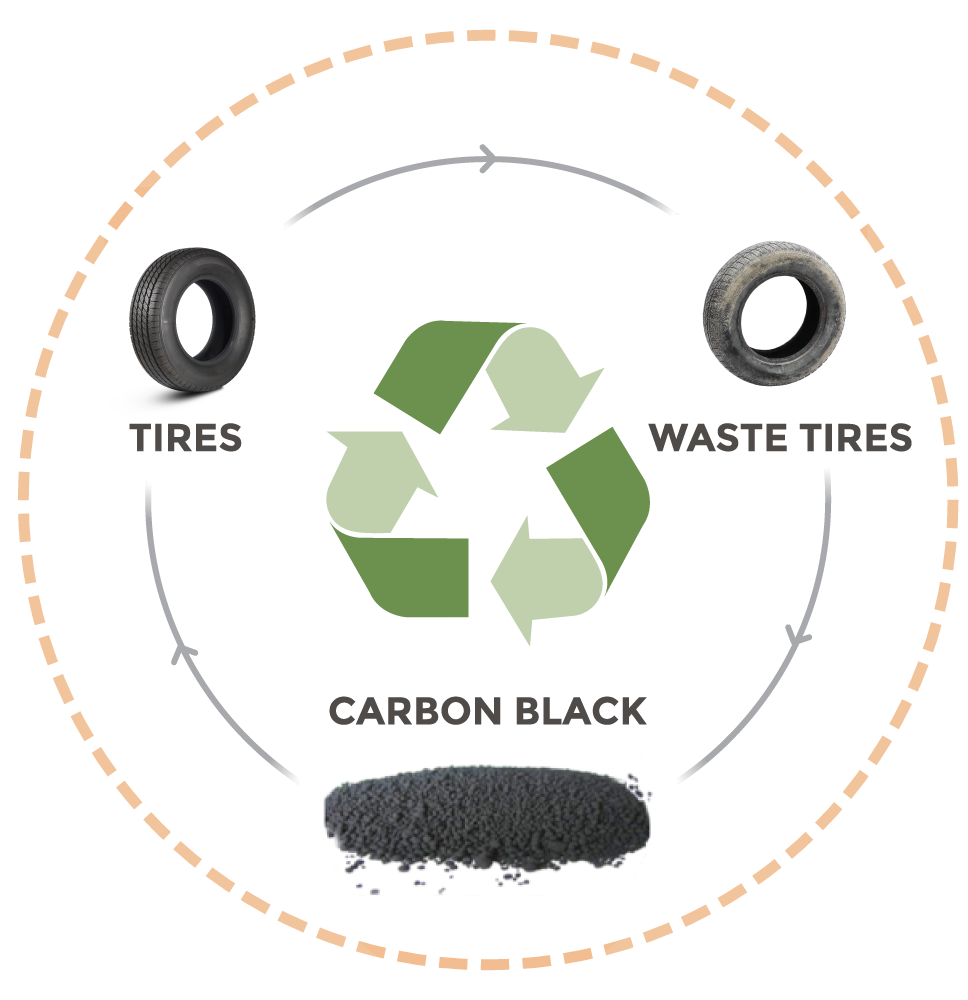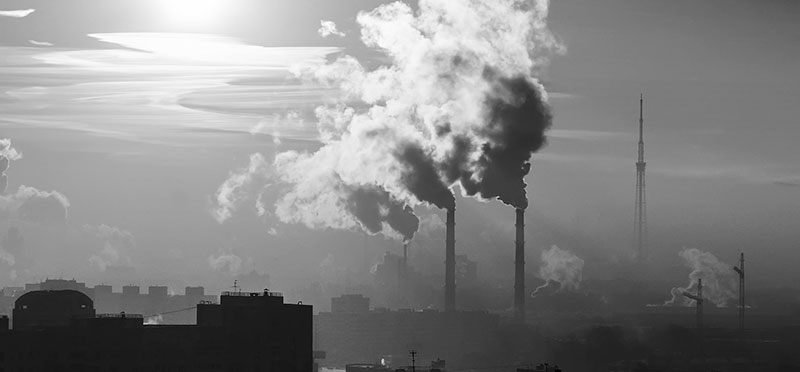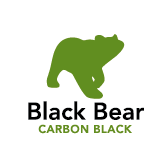POSITIVE ENVIRONMENTAL IMPACT
One Black Bear plant prevents more CO2 emissions than four million trees can sequester
here are 250 trees per hectare in a 70-year-old forest, which means that one Black Bear plant prevents CO2 emissions equal to that stored per year in a 16000-ha forest.
Tire's environmental issues
- Every year, more than 1.5 billion tyres are removed from vehicles and disposed of, creating around 17 million tons of solid waste.
- More than half of these tyres are burned or land-filled, often in parts of the world where environmental controls are poor or non-existent.
- Due to the tyre’s shape, landfilled tyres are a great breeding ground for malaria mosquitos which reside in the still standing water remaining in the tyres.
- 2.3 billion tyres are manufactured each year requiring approximately 9 million tons of ‘furnace’ carbon black produced from fossil fuels.

The Circular Economy Solution
- Black Bear’s process uses end-of-life tyres as a feedstock to produce consistently high-quality Carbon Blacks.
- This circular economy approach not only solves an important waste management problem but also massively reduces CO₂ emissions.

Quantifying Environmental Impact
- An independent LCA (Life Cycle Assessment) has been performed to measure and validate Black Bear’s environmental impact.
- The environmental impact of the Black Bear process is ‘net negative’. This means that we indirectly take more CO₂ out of the atmosphere than our operations cause. The key driver for this is that while having relatively minor emissions through our own process, we are avoiding emissions by improving the circular use of ELTs. The Black Bear process not only produces Carbon Black, but also oil as well as energy through the direct use of our tyre pyrolytic gas. Moreover, both the oil and gas are having a substantial biogenic component. The full saving potential of our process can be as much as 8.5 tons of CO₂ emissions per ton of Carbon Black equivalent. As such the RCBNL facility will be saving annually more than 100,000 tons of CO₂!
CO2 Emission

Low PAH
- In the production of furnace Carbon Blacks, PAHs (carcinogenic materials) are typically formed.
- The Black Bear process effectively removes these PAHs from the Carbon Black.
- Therefore, our recovered Carbon Black is guaranteed to be safe to handle and safe for the environment. It is non-toxic and has lower PAH levels than all furnace Carbon Blacks.
4 times lower than “Low PAH furnace Carbon Black’s (<20 ppm EPA16)




